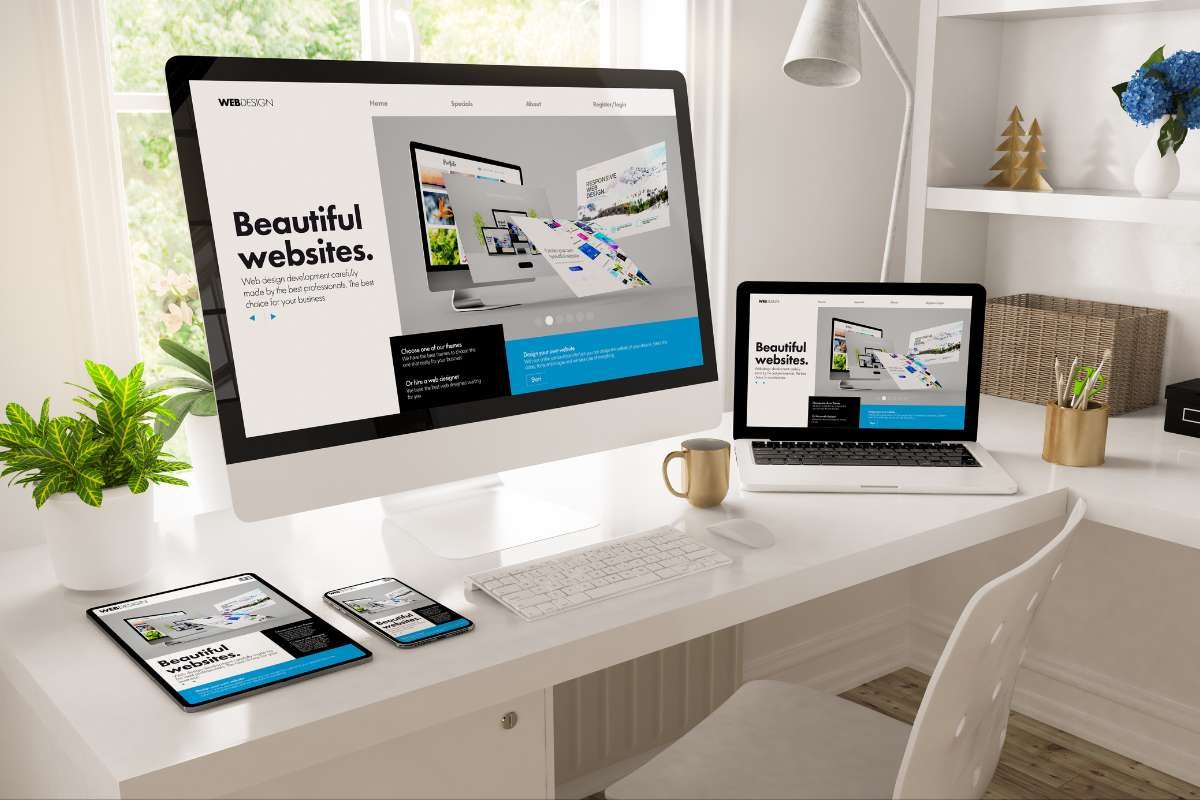In the competitive realm of software development, assurance of a product’s reliability and seamless functionality through end-to-end testing is paramount. This comprehensive testing mechanism simulates a user’s behavior and interactions within a fully integrated system to validate coordinated and seamless functionality across various subsystems, ensuring an impeccable test user experience.
For testers, product managers, SREs, DevOps, and QA engineers who immerse themselves in ensuring software robustness, enhancing the efficiency and accuracy of end-to-end testing is pivotal. In this light, we present five sophisticated strategies, deeply rooted in factual research, to augment your end-to-end testing practices.
1. Embedding the Potent Philosophy of Shift-Left Testing: A Deep Dive
Harboring a proactive stance in software testing, particularly end-to-end testing, mandates embracing the shift-left testing philosophy. Shift-left testing accentuates a developmental model where testing is incorporated from the inception of project planning and continues emphatically through the development stages rather than being heftily condensed toward the release phase.
Engaging in early-stage testing ensures that inconsistencies, errors, or potential enhancements are promptly identified and addressed, reducing the overall cost, time, and resources expended in later-stage adjustments and redevelopments.
A. Early Collaboration
Shift-left testing advocates for enhanced collaboration among developers, testers, and operational teams. A synergy between these units from the inception stages fosters a coherent understanding of the project requirements, objectives, and potential challenges among all stakeholders. This unified approach propels an integrated effort toward achieving optimal functionality and performance in the end product, ensuring a more streamlined and synchronized development process.
2. Employing Automated Software Testing to Mitigate Human Error
In the intricate tapestry of software development, automated software testing is a pivotal strategy to hasten the testing process and fortify it against potential inaccuracies and inefficiencies intrinsic to manual testing methods. With the burgeoning complexity of applications and escalating user demands, ensuring that software is exhaustively tested in every conceivable scenario is imperative, and herein lies the substantial merit of automation.
A. Boosting Accuracy and Reliability

Automated testing thrives in ensuring a heightened level of accuracy. Scripts can be designed to execute predefined actions and validate anticipated outcomes precisely, circumventing the potential for oversights and errors that may permeate manual testing. This underpins a more reliable and consistent testing process that ensures no function goes unverified.
B. Enhancing Efficiency and Scalability
Automation heralds a level of efficiency and scalability that is fundamentally unattainable through manual methods. Test scripts can be executed any number of times, across various platforms, and under different scenarios without necessitating additional resource investment. This proves to be invaluable, especially in regression testing, where the code must be validated after every modification to ensure no new inconsistencies have been introduced.
3. Adopting a Customer-Centric Approach: Focusing on Real-World Scenarios
In the matrix of end-to-end testing, a customer-centric strategy goes beyond mere functionality checks; it acts as the lens through which user interactions, expectations, and satisfaction are viewed and assessed, thereby ensuring the software meets and exceeds user expectations.
A. Real User Monitoring (RUM)
In the realm of authenticating real-world scenarios, Real User Monitoring (RUM) assumes a pivotal role. RUM refers to capturing and analyzing every transaction of real users interacting with the application, which enables a more authentic understanding of their experiences and pain points. By observing user interactions and identifying their patterns or challenges, testers can develop scenarios that mimic these interactions, thereby enhancing the validity and relevance of end-to-end testing.
B. Utilizing User Stories and Journey Maps
User stories and journey maps guide understanding user pathways and predicting potential pitfalls or bottlenecks within the application. User stories offer insight into the functionalities and features that users anticipate, whereas journey maps outline users’ possible navigation paths. By integrating these into testing scenarios, engineers ensure the application is vetted for real-world use and assures a seamless user experience.
4. Ensuring Comprehensive Test Coverage

Unearthing and ensuring a holistic, exhaustive test coverage is paramount to affirm that every application facet undergoes stringent validation, ensuring its operability and stability in the real world. A robust end-to-end testing strategy transcends merely verifying functionalities and spirals into assuring that every interaction, transaction, and data transfer within the application is scrutinized and validated meticulously across varied scenarios and environments.
A. Identifying and Defining Clear Testing Boundaries
To procure thorough test coverage, one must first delineate the boundaries of the application testing, identifying all the potential areas and layers that require verification. Clear demarcation of the testing scope, including user interfaces, APIs, data processing systems, security mechanisms, and more, becomes imperative to ensure that no component is inadvertently neglected.
B. Inclusive Testing Across Various Environments and Devices
The diversity in user environments, characterized by varied devices, operating systems, and network conditions, mandates that testing is not confined to a singular environment. Ensuring the application is validated across diverse environments, from different device types and OS versions to varying network conditions, safeguards its robustness and ensures a seamless user experience across all scenarios.
5. Implementing Continuous Monitoring and Feedback Integration
In the pulsating heart of software development and testing, Continuous Monitoring and Feedback Integration emerge as linchpins, ensuring the perpetual optimization of applications even post-deployment. Implementing an effective continuous monitoring system is imperative to incessantly observe, detect, and rectify potential issues, thereby safeguarding applications’ unswerving performance and user experience.
A. Real-Time Monitoring for Immediate Insight
Inculcating real-time monitoring involves the relentless scrutiny of application performance, security, and user interactions, enabling teams to garner immediate insights into system performance. Once identified, this strategy ensures that issues can be promptly addressed, mitigating any substantive impact on user experience and system functionality. Monitoring tools can identify discrepancies, potential bottlenecks, or suboptimal interactions, paving the way for immediate rectification.
B. Leveraging Metrics for Enhanced User Experience

Continuous monitoring extends into leveraging metrics and analytics that provide a granular understanding of user interactions and system performance. By scrutinizing these metrics, teams can comprehend user behavior, recognize patterns, and predict trends, which can be translated into actionable insights. Moreover, these insights facilitate identifying and prioritizing areas for improvement, ensuring that resource allocation for optimization is both strategic and impactful.
Pertinent Considerations with HeadSpin
HeadSpin emerges as a pivotal tool that offers solutions conducive to thorough testing and continuous improvement when considering platforms to facilitate thorough end-to-end testing. HeadSpin provides a unified testing and monitoring platform that enables teams to ascertain applications’ functionality, performance, and user experience across multiple devices and regions.
HeadSpin’s platform provides insights and analytics to understand real-world user experience, and facilitate automated testing to ensure applications perform optimally under various conditions. By amalgamating these features into the end-to-end testing, teams not only enhance the robustness of their testing but also significantly uplift the quality and reliability of the application, ensuring an impeccable user experience upon deployment.
Conclusion
End-to-end testing stands as the vanguard in ensuring software’s reliability, functionality, and seamless user experience. As we navigate through a world where software increasingly becomes an integral facet of our daily interactions, the robustness of these applications becomes paramount. Implementing these strategies, while leveraging innovative platforms like HeadSpin, testers, and developers can significantly enhance their end-to-end testing, ensuring that applications are not merely functional but exceed user expectations in real-world scenarios.


















